Home>Gardening & Outdoor>Outdoor Structures>Which Is Better: Composite Or PVC Decking
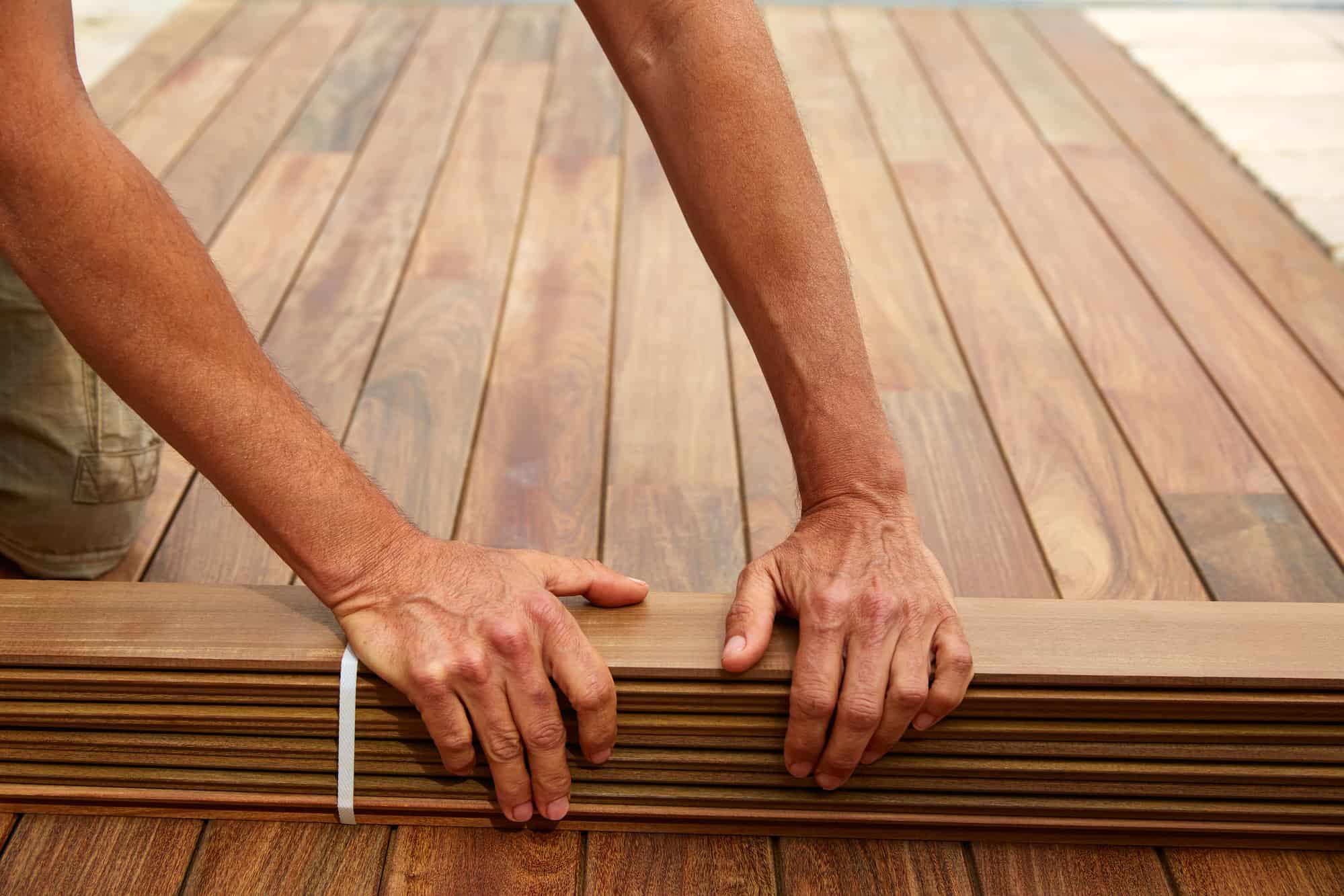

Outdoor Structures
Which Is Better: Composite Or PVC Decking
Modified: February 25, 2024
Discover the best choice for your outdoor structures with our guide comparing composite and PVC decking. Make an informed decision for your next project.
(Many of the links in this article redirect to a specific reviewed product. Your purchase of these products through affiliate links helps to generate commission for Storables.com, at no extra cost. Learn more)
Introduction
When it comes to creating the perfect outdoor living space, choosing the right decking material is crucial. With an array of options available, it can be challenging to determine which decking material is the best fit for your project. Two popular choices in the realm of outdoor decking are composite and PVC (polyvinyl chloride) decking. Both materials offer unique features and benefits, making them suitable for different preferences and needs. In this comprehensive guide, we will delve into the composition, durability, maintenance, cost, and environmental impact of composite and PVC decking. By the end of this exploration, you will be equipped with the knowledge to make an informed decision about which decking material is the optimal choice for your outdoor oasis. Let's embark on this enlightening journey to uncover the nuances of composite and PVC decking, ultimately unveiling which reigns supreme in the realm of outdoor structures.
Key Takeaways:
- Composite decking offers a sustainable and low-maintenance outdoor flooring option, blending natural wood fibers and recycled plastic for enduring beauty and environmental responsibility.
- PVC decking provides exceptional durability and moisture resistance, contributing to the preservation of natural ecosystems and offering a hassle-free, long-lasting outdoor flooring solution.
Read more: Which Is Better: Trex Or Composite Decking?
Composition of Composite Decking
Composite decking is a popular choice for outdoor structures due to its blend of natural wood fibers and recycled plastic. The composition typically includes a mixture of wood fibers, such as sawdust, wood chips, or wood flour, combined with recycled plastic materials. The wood fibers are often sourced from byproducts of the lumber and woodworking industry, making composite decking an eco-friendly option. The plastic component of composite decking is commonly derived from post-consumer plastic products, such as shopping bags and packaging materials, contributing to the sustainability of this material.
The combination of wood fibers and plastic is achieved through a process of extrusion, where the materials are mixed and heated to form a durable, resilient decking product. This process allows for a wide range of colors, textures, and finishes to be incorporated into the composite decking, providing homeowners with versatile design options to complement their outdoor aesthetic.
One of the key advantages of composite decking is its resistance to rot, decay, and insect damage, attributed to the protective properties of the plastic component. This composition also reduces the maintenance requirements associated with traditional wood decking, offering a durable and long-lasting outdoor flooring solution.
Moreover, the incorporation of wood fibers provides a natural appearance and texture, simulating the look and feel of authentic wood without the inherent vulnerabilities of natural timber. This composition strikes a harmonious balance between the beauty of wood and the resilience of plastic, making composite decking a compelling choice for outdoor spaces.
Composition of PVC Decking
PVC decking, also known as vinyl decking, is crafted from 100% synthetic materials, primarily polyvinyl chloride. This composition sets PVC decking apart from composite and traditional wood decking, as it does not incorporate any organic or natural fibers. The absence of organic materials makes PVC decking exceptionally resistant to moisture, mold, and mildew, ensuring its longevity in various outdoor environments.
The manufacturing process of PVC decking involves the utilization of advanced technology to create a solid, non-porous material that is impervious to moisture infiltration and degradation. This results in a low-maintenance decking option that does not require sealing, staining, or regular upkeep typically associated with wood decking.
Furthermore, the composition of PVC decking enables it to withstand the effects of prolonged exposure to sunlight and harsh weather conditions without fading, warping, or splintering. This makes PVC decking an ideal choice for regions with extreme climates, where durability and resilience are paramount considerations.
Additionally, the absence of organic materials in PVC decking eliminates the risk of termite infestation and wood decay, offering homeowners peace of mind and long-term structural integrity. The synthetic composition also contributes to the ease of installation, as PVC decking boards are lightweight and uniform in shape, facilitating a straightforward and efficient installation process.
Overall, the composition of PVC decking embodies a fusion of cutting-edge synthetic materials, resulting in a robust, low-maintenance, and weather-resistant outdoor decking solution. The absence of organic elements sets PVC decking apart as a contemporary and durable alternative to traditional wood and composite decking materials.
Durability of Composite Decking
Composite decking is renowned for its exceptional durability, making it a favored choice for outdoor applications. The combination of wood fibers and recycled plastic in composite decking results in a resilient material that withstands the rigors of outdoor environments. This composition imbues composite decking with resistance to rot, decay, and insect damage, ensuring that it maintains its structural integrity over time.
Moreover, composite decking exhibits impressive resistance to moisture, making it suitable for areas prone to humidity and exposure to the elements. This moisture resistance prevents the warping, swelling, and cracking commonly associated with traditional wood decking, providing homeowners with a long-lasting and low-maintenance outdoor flooring solution.
Furthermore, the protective properties of the plastic component in composite decking contribute to its ability to withstand fading, staining, and the effects of UV exposure. This ensures that the color and finish of the decking boards remain vibrant and visually appealing, even after years of outdoor use.
Another aspect that enhances the durability of composite decking is its resistance to scratches, dents, and general wear and tear. This makes composite decking an ideal choice for high-traffic outdoor areas, such as decks, patios, and pool surrounds, where durability and longevity are paramount considerations.
Overall, the composition and manufacturing process of composite decking result in a durable, low-maintenance, and visually appealing outdoor flooring solution. Its ability to withstand the elements, resist moisture and UV exposure, and maintain its structural integrity over time positions composite decking as a reliable and enduring choice for creating inviting outdoor living spaces.
Durability of PVC Decking
PVC decking boasts exceptional durability, setting it apart as a robust and long-lasting option for outdoor structures. The synthetic composition of PVC decking, devoid of organic materials, imbues it with unparalleled resistance to moisture, mold, and mildew. This inherent moisture resistance prevents the warping, rotting, and decay that can compromise the structural integrity of traditional wood decking.
Furthermore, PVC decking exhibits remarkable resilience to the effects of prolonged exposure to sunlight and harsh weather conditions. Its composition ensures that it maintains its color, finish, and structural integrity over time, without succumbing to fading, splintering, or warping. This makes PVC decking an ideal choice for outdoor spaces in regions with extreme climates, where durability and weather resistance are paramount considerations.
The non-porous nature of PVC decking contributes to its low-maintenance appeal, as it does not require sealing, staining, or regular upkeep to preserve its appearance and performance. This makes PVC decking an attractive option for homeowners seeking a hassle-free outdoor flooring solution that retains its aesthetic appeal with minimal effort.
Additionally, the synthetic composition of PVC decking renders it impervious to termite infestation and wood decay, providing homeowners with peace of mind regarding the long-term structural integrity of their outdoor living spaces. The absence of organic materials also eliminates the risk of mold growth and ensures that PVC decking maintains a pristine and hygienic surface throughout its lifespan.
Overall, the composition and characteristics of PVC decking culminate in a durable, low-maintenance, and visually enduring outdoor flooring solution. Its ability to withstand moisture, harsh weather, and the effects of UV exposure positions PVC decking as a reliable and long-lasting choice for creating inviting and resilient outdoor environments.
Read more: Which Is The Best Composite Decking
Maintenance of Composite Decking
One of the key advantages of composite decking is its low-maintenance nature, making it an appealing choice for homeowners seeking a durable and hassle-free outdoor flooring solution. The composition of composite decking, featuring a blend of wood fibers and recycled plastic, contributes to its resistance to moisture, rot, and insect damage, reducing the need for extensive maintenance typically associated with traditional wood decking.
Composite decking requires minimal upkeep, as it does not necessitate regular staining, sealing, or painting to preserve its appearance and structural integrity. This eliminates the time and effort traditionally spent on maintaining wood decking, allowing homeowners to enjoy their outdoor spaces without the burden of extensive maintenance tasks.
Furthermore, the protective properties of the plastic component in composite decking contribute to its resistance to fading, staining, and the effects of UV exposure. This ensures that the color and finish of the decking boards remain vibrant and visually appealing, reducing the need for labor-intensive maintenance to restore or enhance their appearance over time.
To maintain composite decking, routine cleaning with mild soap and water, along with gentle scrubbing or power washing, is typically sufficient to remove surface dirt, debris, and stains. This straightforward cleaning process allows homeowners to uphold the aesthetic appeal of their composite decking with minimal effort, ensuring that their outdoor living spaces remain inviting and well-maintained.
Overall, the low-maintenance nature of composite decking, coupled with its resistance to moisture, fading, and staining, positions it as a convenient and enduring outdoor flooring solution. With minimal upkeep requirements, composite decking allows homeowners to relish the beauty of their outdoor spaces without the burden of extensive maintenance, making it a compelling choice for creating inviting and resilient outdoor environments.
When choosing between composite and PVC decking, consider the climate and maintenance preferences. Composite is more resistant to fading and staining, while PVC is more durable and low-maintenance.
Maintenance of PVC Decking
PVC decking is celebrated for its exceptionally low-maintenance characteristics, offering homeowners a hassle-free outdoor flooring solution that retains its aesthetic appeal with minimal upkeep. The synthetic composition of PVC decking, devoid of organic materials, contributes to its resistance to moisture, mold, and mildew, eliminating the need for extensive maintenance typically associated with traditional wood decking.
One of the primary advantages of PVC decking is its effortless maintenance requirements. Unlike wood decking, PVC decking does not require staining, sealing, or regular painting to preserve its appearance and structural integrity. This alleviates the time and effort typically expended on maintaining outdoor flooring, allowing homeowners to enjoy their outdoor spaces without the burden of labor-intensive upkeep.
Furthermore, the non-porous nature of PVC decking ensures that it is impervious to staining, fading, and the effects of UV exposure. This eliminates the need for periodic refinishing or restoration, as PVC decking retains its color and finish over time without succumbing to the detrimental effects of outdoor elements.
To maintain PVC decking, routine cleaning with mild soap and water, along with gentle scrubbing or power washing, is typically all that is required to uphold its pristine appearance. This uncomplicated cleaning process allows homeowners to preserve the visual allure of their outdoor spaces with minimal effort, ensuring that their PVC decking remains an inviting and well-maintained feature of their homes.
Overall, the low-maintenance nature of PVC decking, coupled with its resistance to moisture, staining, and fading, positions it as a convenient and enduring outdoor flooring solution. With minimal upkeep requirements, PVC decking offers homeowners a durable and visually enduring option for creating inviting and resilient outdoor environments.
Cost of Composite Decking
Composite decking presents a compelling balance between initial cost, long-term value, and low maintenance requirements, making it a popular choice for homeowners seeking a durable and aesthetically appealing outdoor flooring solution. The cost of composite decking varies based on factors such as the brand, quality, and specific features of the product.
While the initial cost of composite decking may be higher than that of traditional wood decking, the long-term value and durability of composite materials often offset the upfront investment. Composite decking’s resistance to rot, decay, insect damage, and moisture reduces the need for frequent repairs and replacements, contributing to its cost-effectiveness over time.
Moreover, the low-maintenance nature of composite decking minimizes ongoing expenses, as it does not necessitate regular staining, sealing, or painting to preserve its appearance and structural integrity. This eliminates the need for costly maintenance products and labor, further enhancing the cost-effectiveness of composite decking over its lifespan.
When considering the cost of composite decking, it is essential to evaluate the overall value it brings to outdoor living spaces. The durability, longevity, and aesthetic appeal of composite materials contribute to the creation of inviting and enduring outdoor environments, enriching the homeowner’s lifestyle and property value.
Ultimately, while the initial cost of composite decking may be higher than that of traditional wood decking, its long-term value, low maintenance requirements, and resilience to the elements position it as a cost-effective and enduring choice for homeowners seeking to enhance their outdoor living spaces.
Cost of PVC Decking
When considering the cost of outdoor decking materials, PVC decking offers a compelling balance between initial investment, long-term value, and low maintenance requirements. The cost of PVC decking varies depending on factors such as the brand, quality, and specific features of the product.
While the initial cost of PVC decking may be higher than that of traditional wood decking, the long-term value and durability of PVC materials often offset the upfront investment. PVC decking’s resistance to moisture, mold, mildew, and the effects of UV exposure reduces the need for frequent repairs and replacements, contributing to its cost-effectiveness over time.
Moreover, the low-maintenance nature of PVC decking minimizes ongoing expenses, as it does not require regular staining, sealing, or painting to preserve its appearance and structural integrity. This eliminates the need for costly maintenance products and labor, further enhancing the cost-effectiveness of PVC decking over its lifespan.
When evaluating the cost of PVC decking, it is essential to consider the overall value it brings to outdoor living spaces. The durability, longevity, and aesthetic appeal of PVC materials contribute to the creation of inviting and enduring outdoor environments, enriching the homeowner’s lifestyle and property value.
Ultimately, while the initial cost of PVC decking may be higher than that of traditional wood decking, its long-term value, low maintenance requirements, and resilience to the elements position it as a cost-effective and enduring choice for homeowners seeking to enhance their outdoor living spaces.
Read more: Which Composite Decking Is The Coolest
Environmental Impact of Composite Decking
Composite decking presents a compelling eco-friendly alternative to traditional wood decking, as it incorporates a blend of natural wood fibers and recycled plastic materials. This composition reduces the reliance on virgin timber and post-consumer plastic waste, contributing to the conservation of natural resources and the reduction of landfill accumulation.
The use of wood fibers derived from byproducts of the lumber and woodworking industry enhances the sustainability of composite decking, as it repurposes materials that would otherwise go to waste. Additionally, the incorporation of recycled plastic, such as shopping bags and packaging materials, into composite decking reduces the demand for new plastic production, mitigating the environmental impact of plastic consumption.
Furthermore, the durability and longevity of composite decking contribute to its eco-friendly attributes, as it reduces the frequency of replacements and the associated consumption of new materials. The resistance of composite materials to rot, decay, and insect damage ensures that outdoor structures constructed with composite decking have a prolonged lifespan, minimizing the environmental footprint of decking materials over time.
When evaluating the environmental impact of composite decking, it is essential to consider its low-maintenance nature, which reduces the need for chemical treatments and refinishing products that can have detrimental effects on the environment. The minimal upkeep requirements of composite decking align with sustainable practices, offering homeowners an environmentally conscious outdoor flooring solution.
Overall, the composition, manufacturing process, and longevity of composite decking contribute to its positive environmental impact, making it a sustainable and eco-friendly choice for creating inviting and enduring outdoor living spaces. By repurposing natural and recycled materials, reducing the reliance on virgin resources, and minimizing the need for frequent replacements, composite decking embodies a commitment to environmental responsibility and conservation.
Environmental Impact of PVC Decking
When assessing the environmental impact of PVC decking, it is important to consider the synthetic composition of this material, which is primarily derived from polyvinyl chloride. PVC decking offers notable environmental benefits, particularly in terms of resource conservation and sustainability.
One key aspect of the environmental impact of PVC decking is its contribution to the reduction of deforestation. By providing a durable and long-lasting alternative to traditional wood decking, PVC materials minimize the demand for virgin timber, thereby helping to preserve forests and natural ecosystems.
Moreover, the manufacturing process of PVC decking involves the utilization of advanced technology to create a solid, non-porous material that is impervious to moisture infiltration and degradation. This results in a low-maintenance decking option that does not require sealing, staining, or regular upkeep typically associated with wood decking. As a result, the environmental impact of PVC decking is further reduced by minimizing the use of maintenance products and chemicals that can have detrimental effects on the environment.
Additionally, the durability and resilience of PVC decking contribute to its eco-friendly attributes, as it reduces the frequency of replacements and the associated consumption of new materials. The resistance of PVC materials to moisture, mold, and the effects of UV exposure ensures that outdoor structures constructed with PVC decking have a prolonged lifespan, minimizing the environmental footprint of decking materials over time.
Furthermore, the synthetic composition of PVC decking eliminates the need for chemical treatments and refinishing products, aligning with sustainable practices and offering homeowners an environmentally conscious outdoor flooring solution. The absence of organic materials in PVC decking also contributes to its resistance to termite infestation and wood decay, further enhancing its eco-friendly characteristics.
Overall, the synthetic composition, longevity, and low-maintenance nature of PVC decking contribute to its positive environmental impact, making it a sustainable and resource-conscious choice for creating durable and visually enduring outdoor living spaces. By minimizing the demand for virgin timber, reducing the need for frequent replacements, and eliminating the use of chemical treatments, PVC decking embodies a commitment to environmental responsibility and conservation.
Conclusion
After a comprehensive exploration of the nuances surrounding composite and PVC decking, it is evident that both materials offer distinct advantages and considerations for homeowners seeking to enhance their outdoor living spaces. The composition, durability, maintenance, cost, and environmental impact of each material present compelling factors to weigh when making an informed decision about the optimal decking solution.
Composite decking, with its blend of natural wood fibers and recycled plastic, embodies a sustainable and resilient outdoor flooring option. Its resistance to rot, decay, and insect damage, coupled with its low-maintenance nature, positions it as a durable and visually appealing choice for creating enduring outdoor environments. The environmental impact of composite decking is underscored by its repurposing of natural and recycled materials, contributing to resource conservation and sustainability.
On the other hand, PVC decking, crafted from synthetic polyvinyl chloride, offers exceptional durability, moisture resistance, and low-maintenance characteristics. Its eco-friendly attributes are reflected in its contribution to the reduction of deforestation, preservation of natural ecosystems, and minimized use of maintenance products that can have detrimental environmental effects.
Ultimately, the decision between composite and PVC decking hinges on the homeowner’s preferences, priorities, and the specific requirements of their outdoor space. While composite decking excels in sustainability and natural aesthetics, PVC decking offers unparalleled resilience and low-maintenance appeal. Both materials present cost-effective and enduring solutions for creating inviting and visually enduring outdoor living spaces.
As homeowners embark on the journey of enhancing their outdoor environments, the insights provided in this guide empower them to make an informed decision that aligns with their vision, values, and environmental consciousness. Whether opting for the natural allure of composite decking or the synthetic durability of PVC decking, homeowners can create outdoor spaces that resonate with sustainability, resilience, and lasting beauty.
Ultimately, the choice between composite and PVC decking is a reflection of personal preferences, environmental considerations, and the desire to create enduring and visually appealing outdoor living spaces. Both materials offer unique benefits and considerations, empowering homeowners to make informed decisions that align with their vision, values, and the sustainability of their outdoor environments.
Frequently Asked Questions about Which Is Better: Composite Or PVC Decking
Was this page helpful?
At Storables.com, we guarantee accurate and reliable information. Our content, validated by Expert Board Contributors, is crafted following stringent Editorial Policies. We're committed to providing you with well-researched, expert-backed insights for all your informational needs.
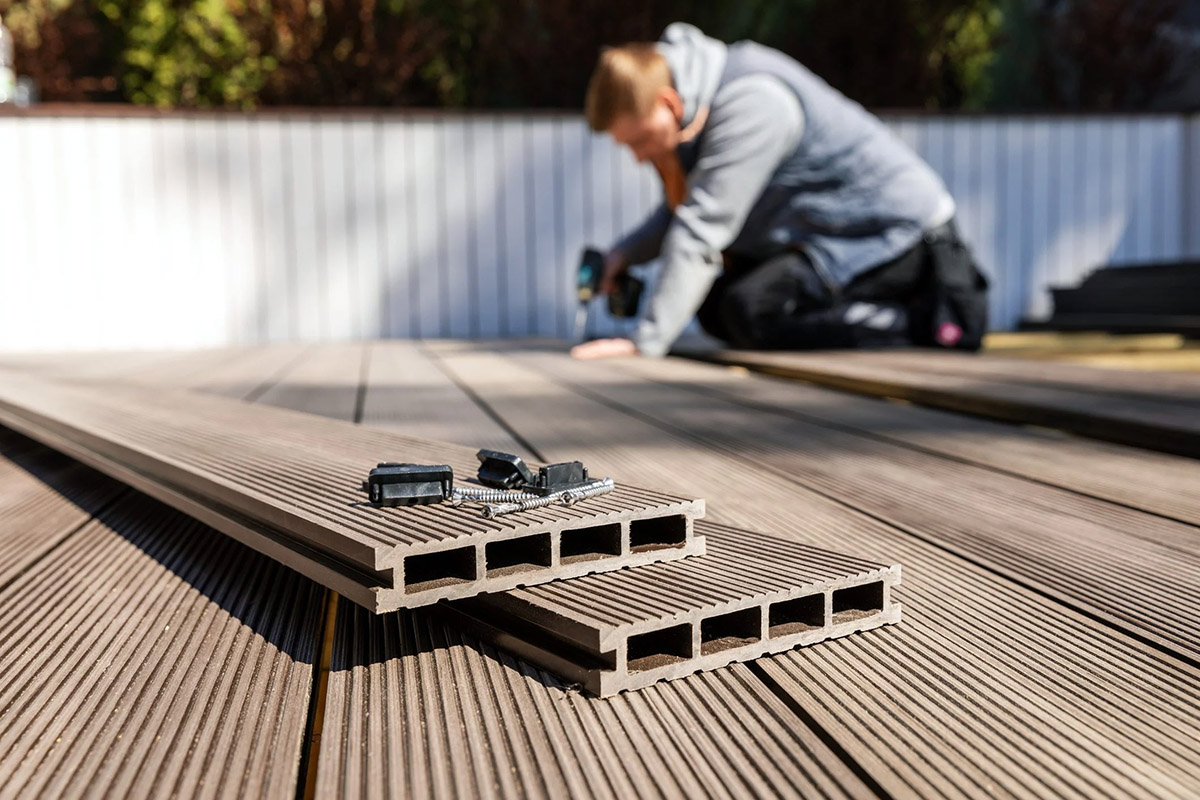
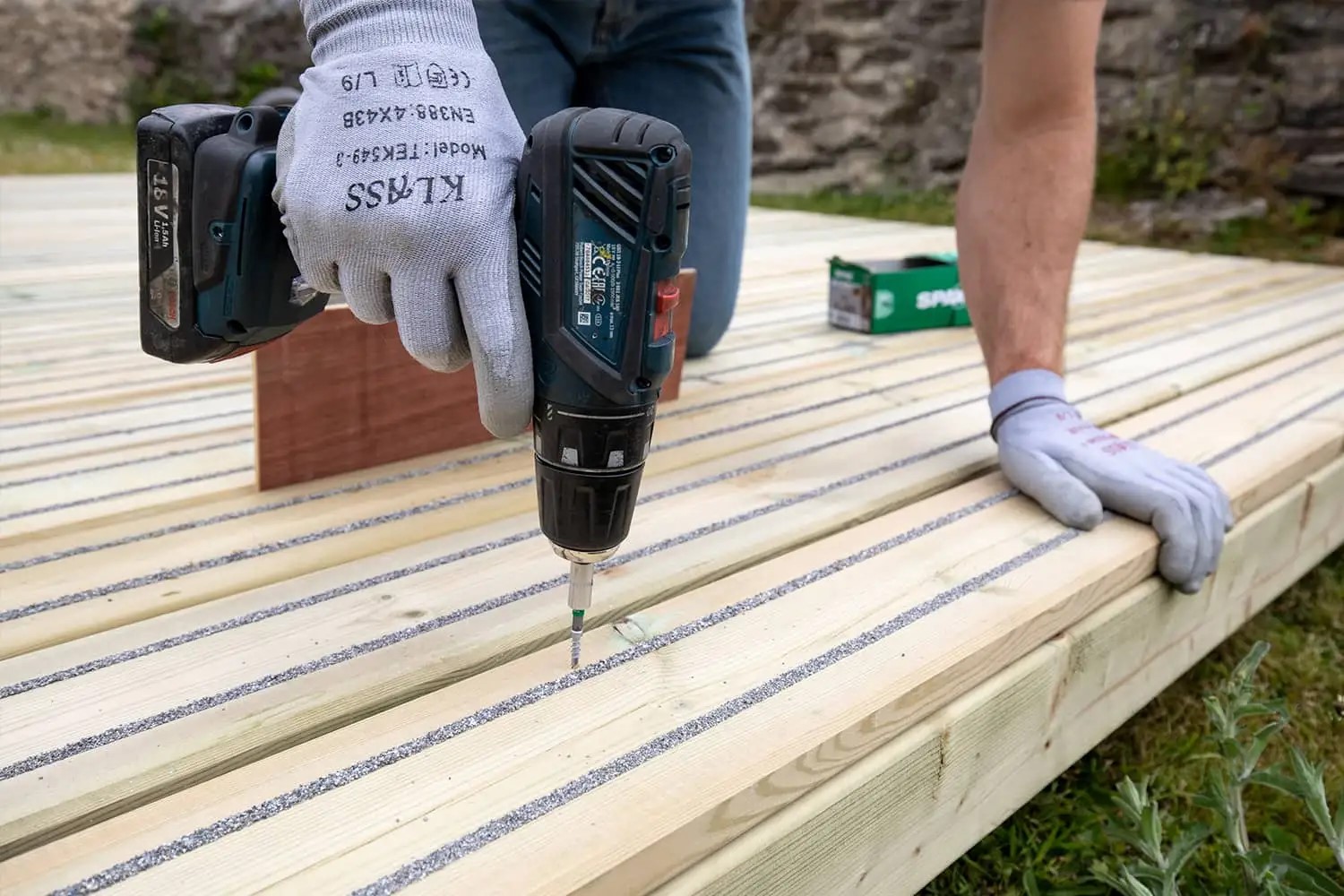
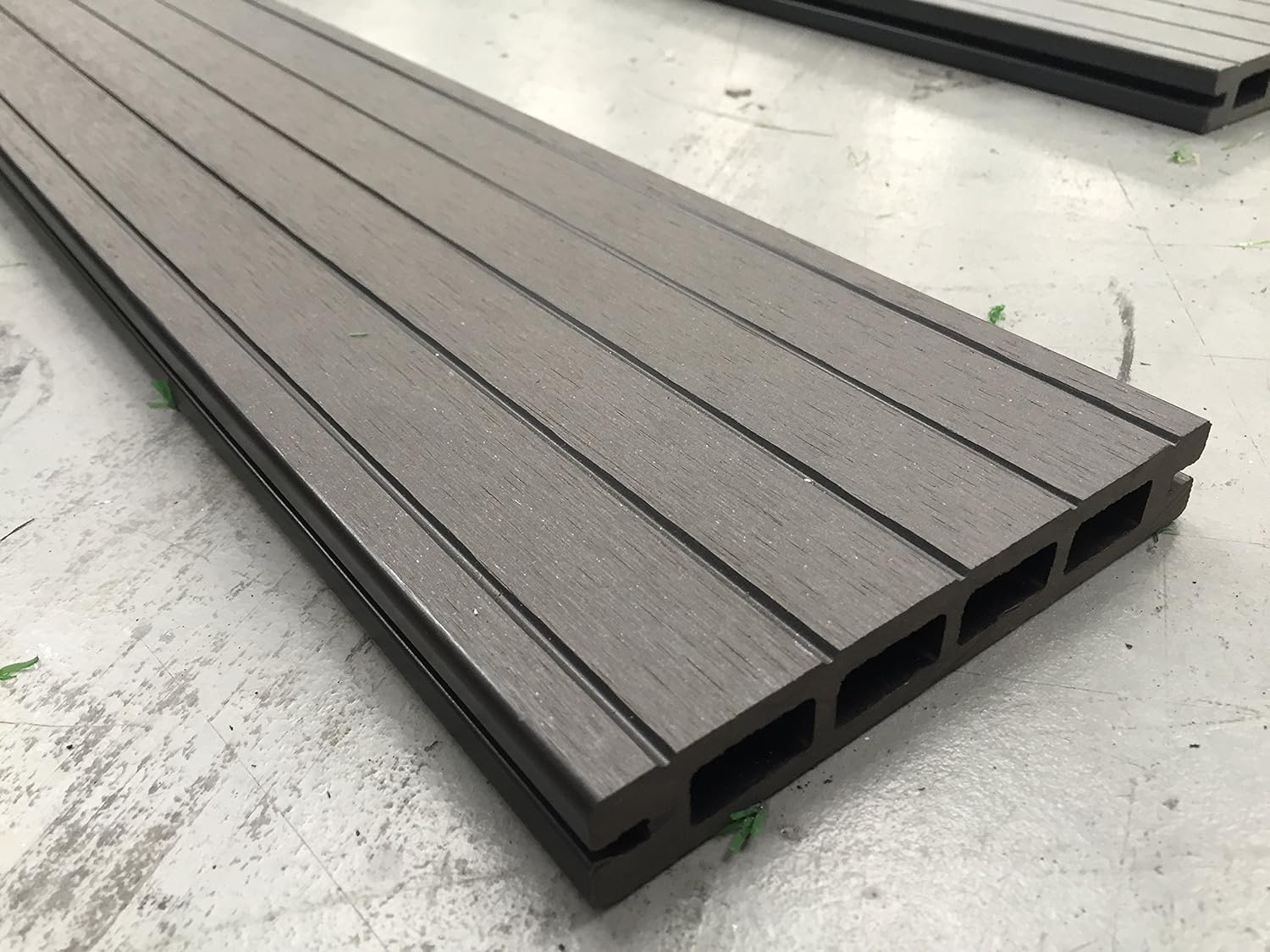
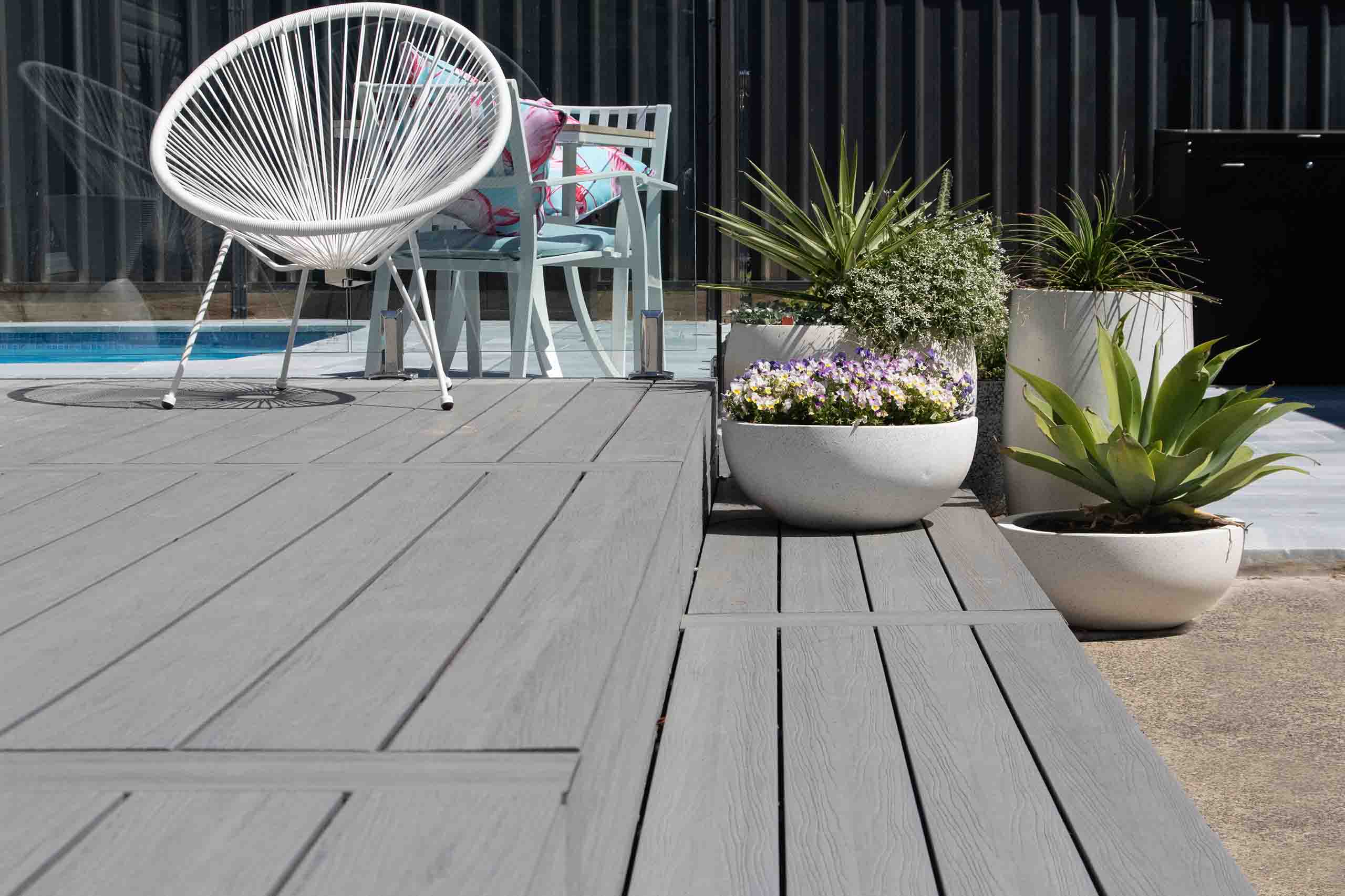
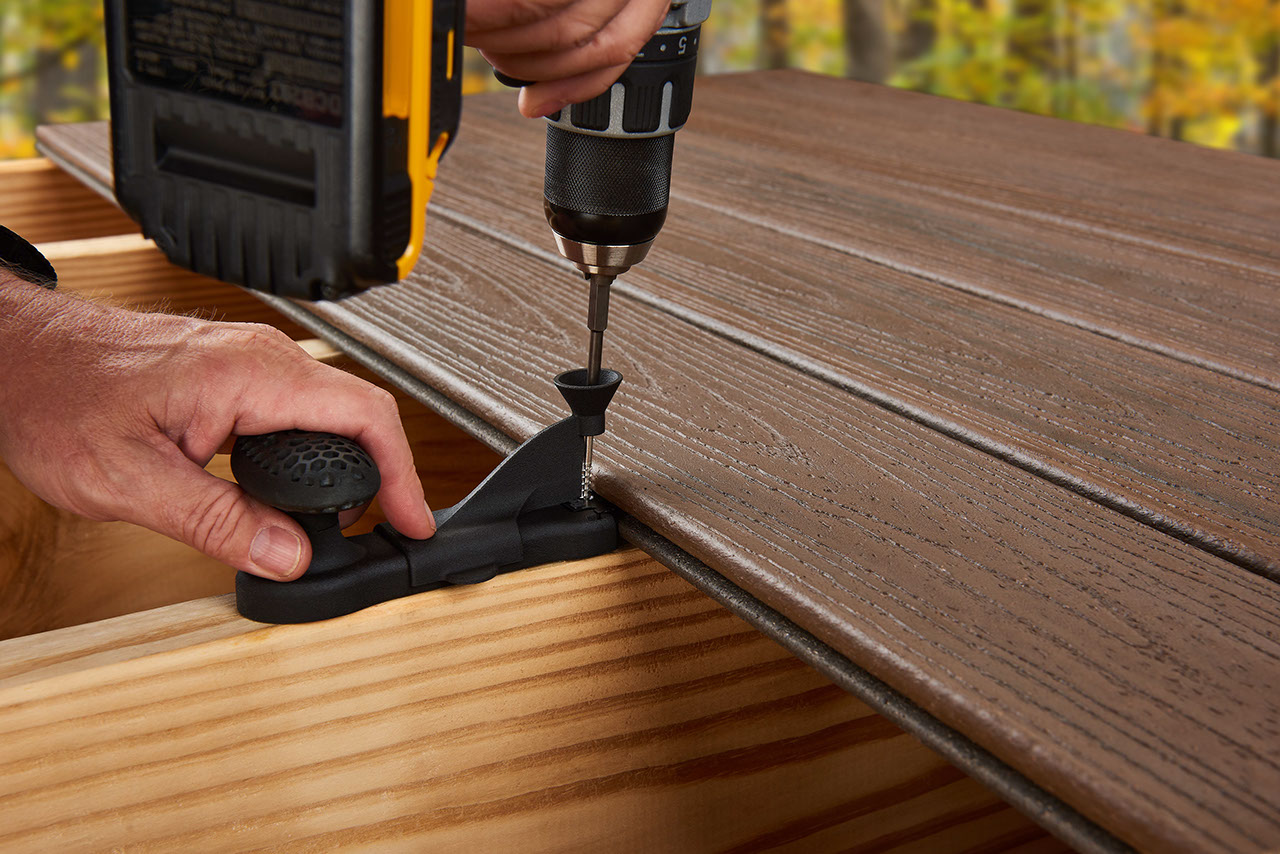
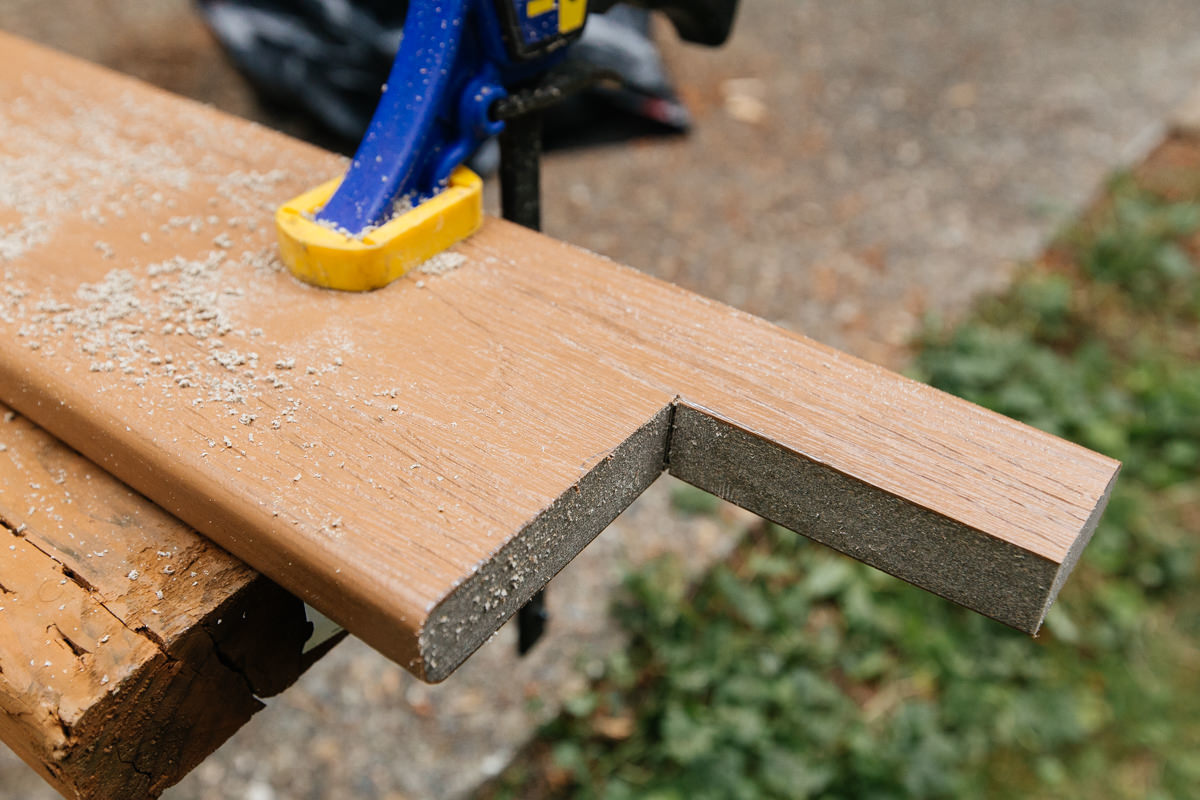
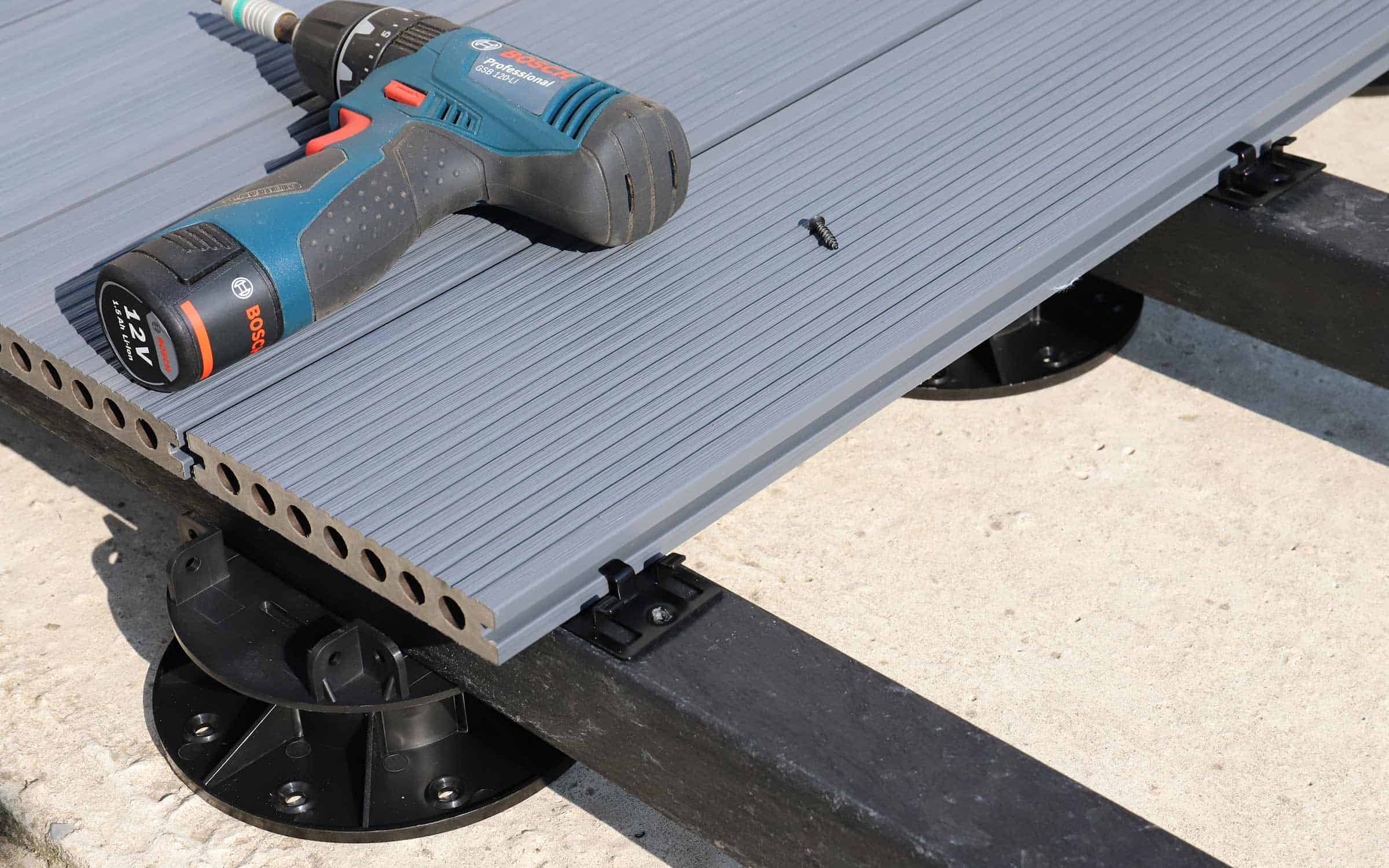
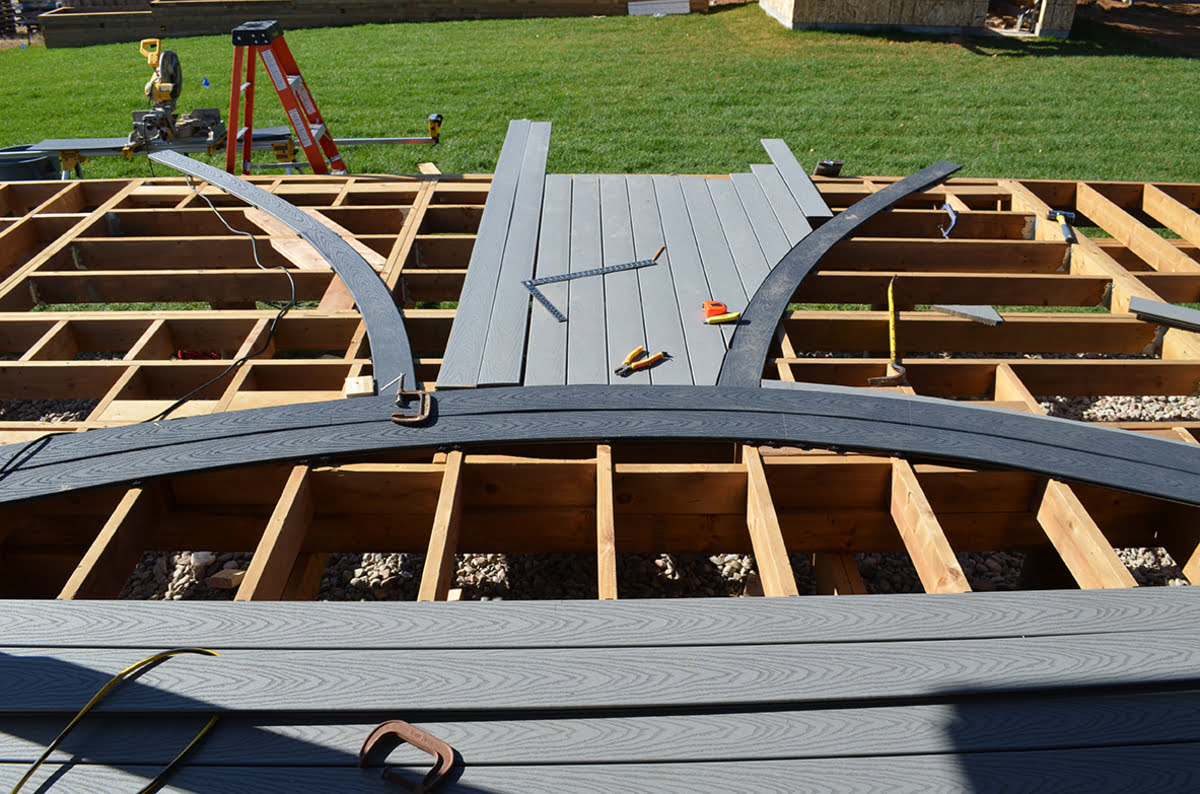
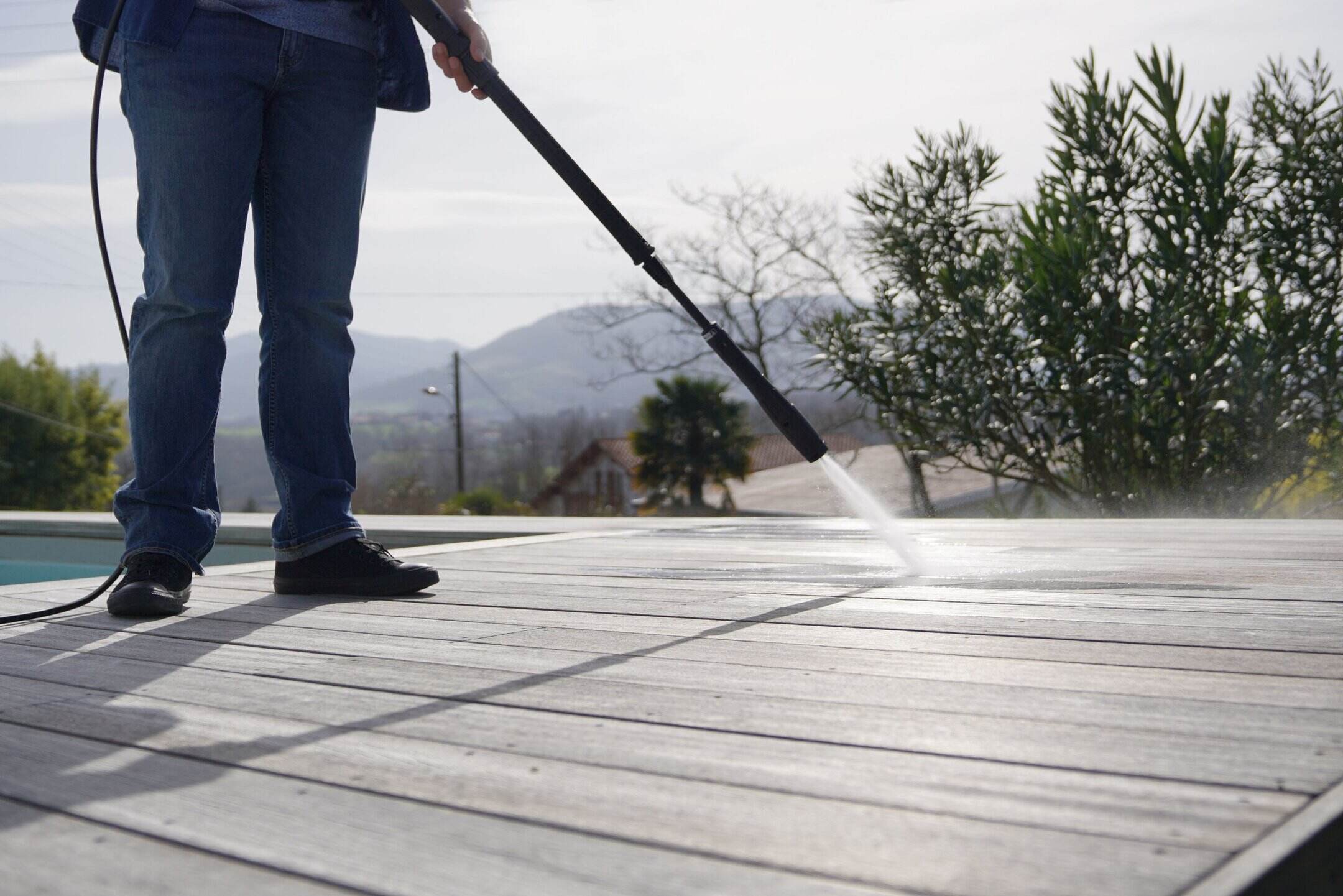
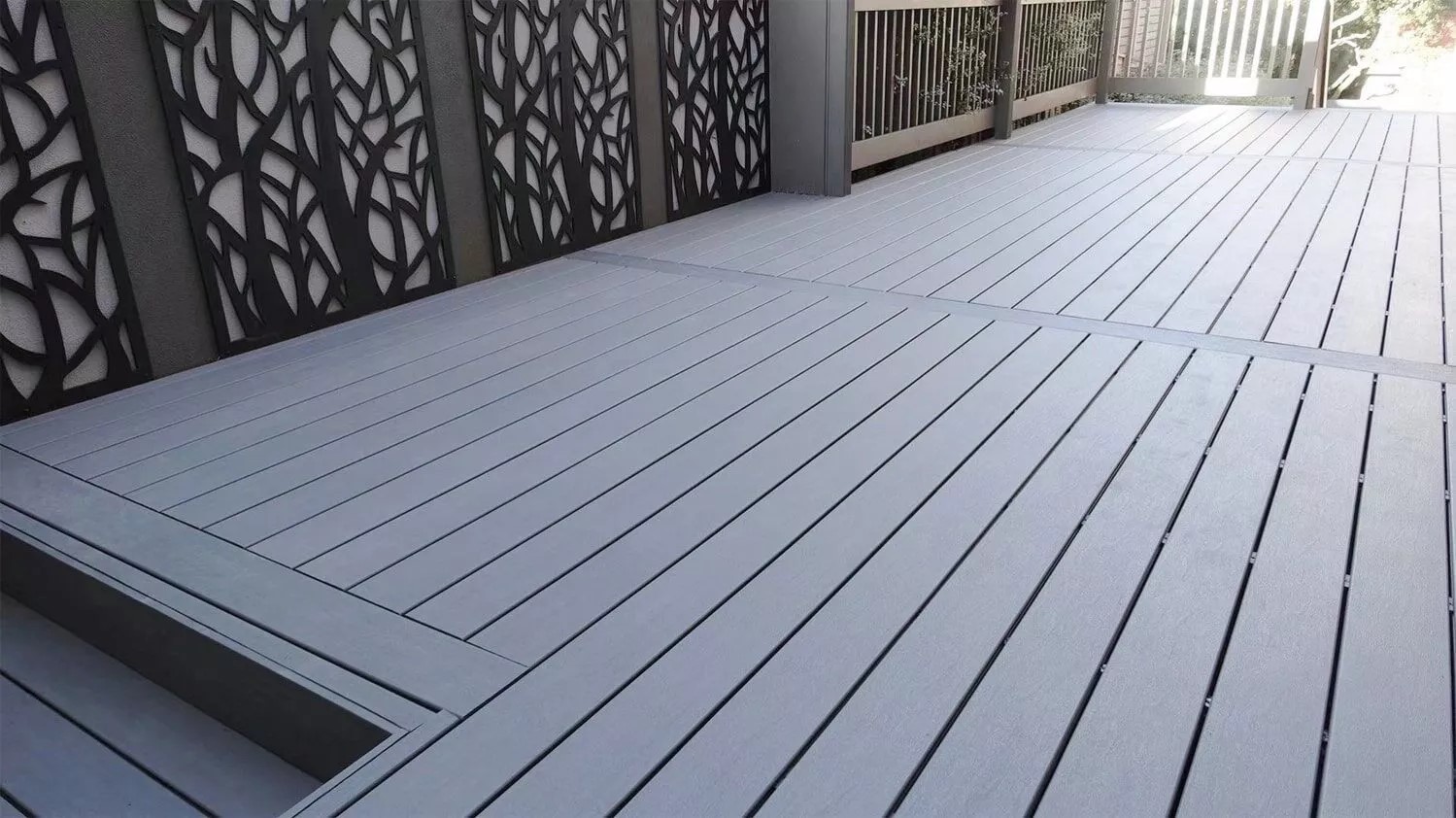
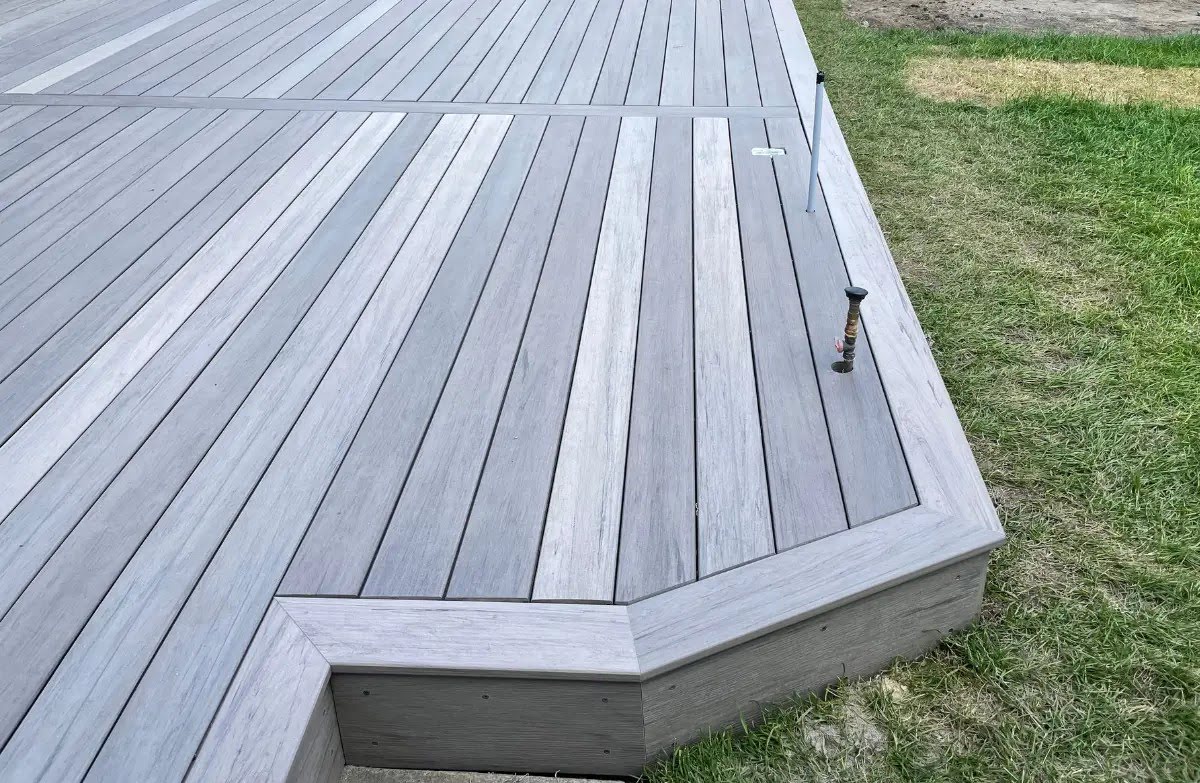
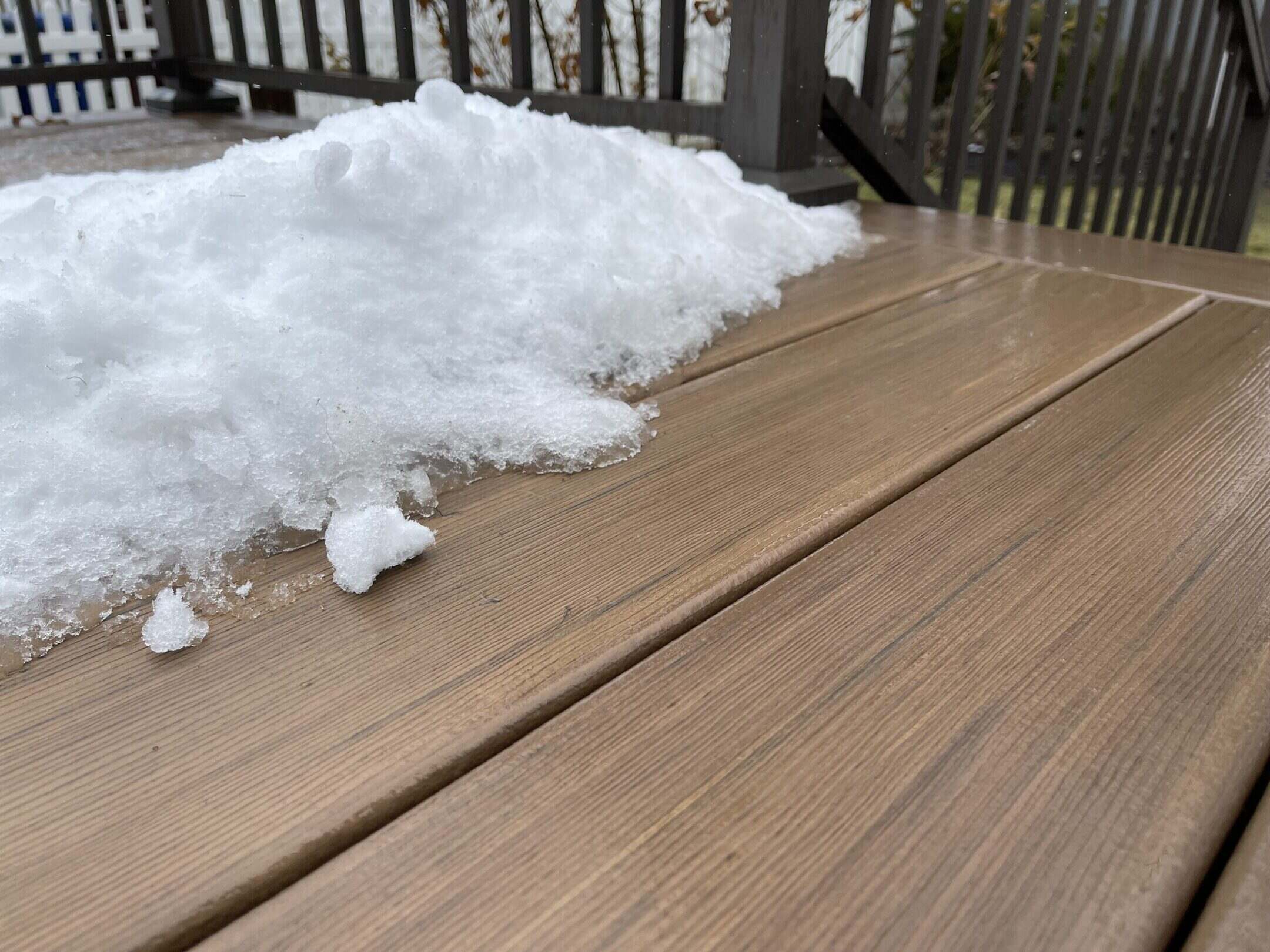
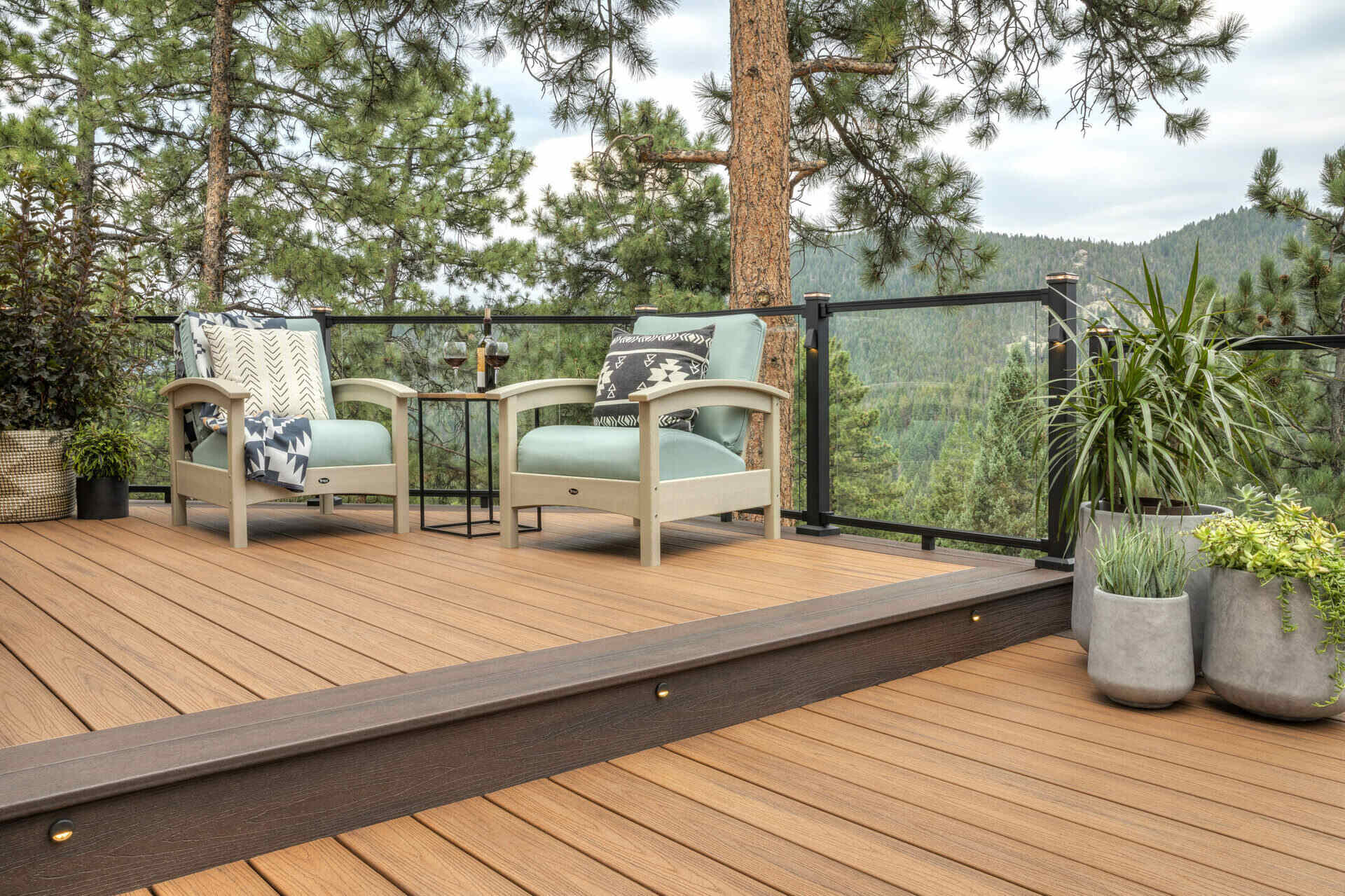

0 thoughts on “Which Is Better: Composite Or PVC Decking”